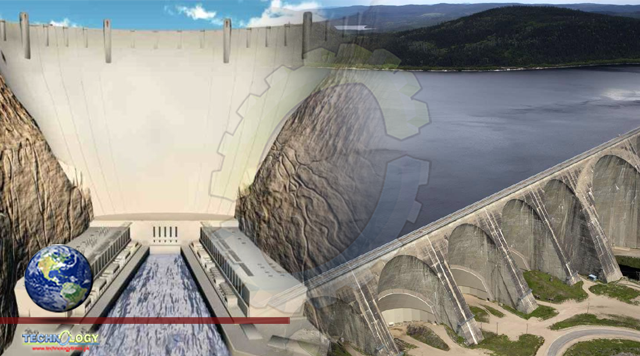The International Hydropower Association’s 2021 status report shows that installed global hydropower capacity rose by 1.6% to 1,330GW over the past year but is still falling short.

To limit dangerous global warming and achieve net zero by 2050, the International Energy Agency (IEA) says the water power sector will need to double in size to 2,600GW. This equates to building the same amount of capacity in the next 30 years as was built in the last 100 years.
“At the present rate of hydropower development, the global energy pathway to net zero emissions will not be realised,” warn IHA President Roger Gill and IHA Chief Executive Eddie Rich in the report’s foreword. “This is a wake-up call for policymakers, hydropower developers and project financiers and provides clarity for the public.”
Hydropower capacity highlight during Europe’s near blackout
According to the report, the COVID-19 crisis has further underlined how the power system flexibility provided by hydropower is now a prerequisite for the clean energy transition. Hydropower’s critical role was illustrated by a recent near blackout incident in Europe in January 2021.
Despite the slump in demand for fossil fuels experienced during 2020, hydropower generated a record 4,370 terawatt-hours (TWh) of clean electricity – up from the previous record of 4,306TWh in 2019. This is roughly equivalent to the entire annual electricity consumption of the US.
During 2020, hydropower projects totalling 21GW were put into operation, upon 2019’s 15.6GW. Nearly two-thirds of this growth came from China, which saw 13.8GW of new capacity. Among other countries that added new capacity, only Turkey (2.5GW) contributed more than 1GW.
Major projects completed last year include the 2.1GW Lauca facility in Angola, the 1.8GW Jixi pumped storage facility in China and the Ilisu (1.2GW) and Lower Kaleköy (0.5GW) projects in Turkey. The single biggest project was Wudongde in China, which put eight of its 12 units online, adding 6.8GW to the Chinese grid. The remainder is expected to be commissioned in 2021.
China remains the world leader in respect of total hydropower installed capacity with over 370GW. Brazil (109GW), the US (102GW), Canada (82GW) and India (50GW) make up the rest of the top five. Japan and Russia are just behind India, followed by Norway (33GW) and Turkey (31GW).
Originally published at Power engineering international